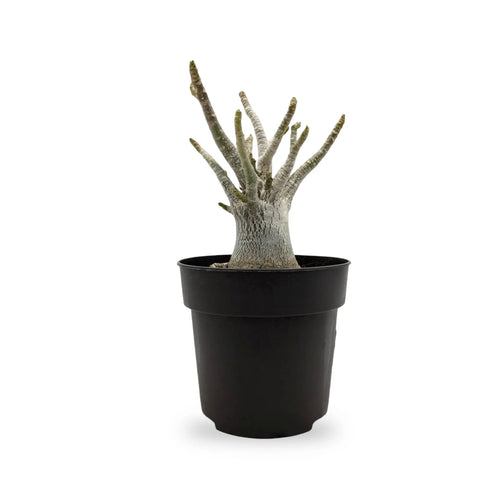Bringing lush greenery into your home with houseplants is an exciting journey. As a beginner, you may be wondering how and when to repot your leafy companions for optimal growth. Fear not, for we're here to guide you through the joy of repotting and help your houseplants flourish. Drawing advice from the experts at Leaf Culture, we'll explore when and how to repot your houseplants, and the wonderful benefits that come with it.
- When to Repot: Knowing when to repot your houseplants is crucial for their well-being. Keep an eye out for the following signs:
a. Root-bound plants: If you notice roots circling the inside of the pot or emerging from the drainage holes, it's a clear indication that your plant has outgrown its current home.
b. Slow growth or wilting: If your houseplant is struggling to grow or its leaves are wilting despite proper care, it might be a sign that the root system needs more space and nutrients.
c. Water drainage issues: When water takes an unusually long time to drain from the pot, it could mean that the soil is too compacted, hindering proper aeration.
- How to Repot: Repotting your houseplant involves a few simple steps:
a. Choose the right pot: Select a pot that is one size larger than the current one. Ensure it has proper drainage holes to prevent waterlogging. By one size it means a couple of cm wider than the old pot. You can find our extensive range of pots here.
b. Prepare the new pot: Place a layer of small stones or broken pottery shards at the bottom of the new pot. This helps with drainage and prevents soil from clogging the holes.
c. Gently remove the plant: Carefully loosen the root ball by tapping the sides of the pot and gently pulling on the base of the plant. If the roots are tightly packed, you can use a clean tool to separate them slightly.
d. Add fresh potting mix: Fill the new pot with a high-quality potting mix suitable for your plant's needs (lots to choose from so pick carefully). Place the plant in the center and add more soil around it, gently pressing it down to eliminate any air pockets.
e. Water and settle: After repotting, give your plant a thorough watering to help settle the soil and encourage root establishment. Observe and adjust watering according to the specific needs of your plant (and keep the plant out of any direct sunlight for a few weeks).
- The Benefits of Repotting: Repotting your houseplants offers numerous advantages:
a. Enhanced root growth: By providing your plant with more space for root development, you promote healthier and stronger growth.
b. Improved nutrient absorption: Fresh potting mix contains essential nutrients that your plant requires for optimal growth. Repotting allows your plant to access these nutrients more efficiently.
c. Better moisture retention: Over time, potting soil can become compacted, hindering proper water drainage. Repotting ensures improved aeration and moisture distribution, preventing the risk of root rot.
d. Aesthetic appeal: Repotting allows you to choose a new pot that complements your home decor, elevating the visual appeal of your houseplant.
In summary:
Repotting your houseplants at the right time and in the proper manner is a wonderful way to care for and nurture your leafy companions. Remember to pay attention to the signs indicating when your plants need repotting, and follow the simple steps we've outlined. Embrace the joy of repotting, and watch as your houseplants thrive and bring beauty to your living space. Happy gardening!








